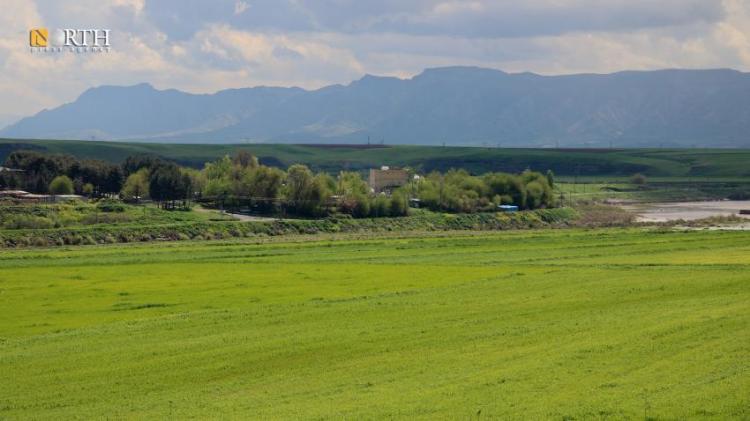Qamishli – North-Press Agency
Wheat farmers in the al-Jazira region in northeastern Syria criticized the recent fixed price for their crops by the Autonomous Administration, describing it as too little when compared to their expenses during the entire agricultural season, especially in light of the high exchange rate of the dollar against the Syrian pound.
Redwan Ahmo, a farmer from the countryside of Amude, expressed his dissatisfaction with the Autonomous Administration’s price controls, asking it to carry out systematic studies to determine the prices of crops. He denied that any meeting between the Autonomous Administration and farmers in the city of Amude was held to study the costs of agriculture and set prices this year.
Ahmo added, "The pricing is far from reality, especially with the upcoming implementation of the Ceasar Act (U.S. sanctions against the Syrian government) which will have a major impact on farmers."
On April 14th, the Autonomous Administration in North and East Syria set the price per kilo of wheat at 225 Syrian pounds.
On its official page on Facebook, the Economic and Agriculture Authority in North and East Syria said that the pricing was set after holding a series of meetings with the Farmers Union and the Agricultural Community Development Company, and the implementation of a thorough study regarding the cost per dunum (approximately one quarter of an acre) from sow to harvest.
Last year, the Autonomous Administration set the purchase price of a kilo of wheat at 160 Syrian pounds, when the exchange rate of one US dollar was approximately 550 Syrian pounds. This week, the exchange rate approached 1,300 Syrian pounds, according to exchange offices in Qamishli.
For his part, Salman Barrodo, co-chair of the Economic and Agriculture Authority in North and East Syria, affirmed their adherence to the wheat pricing set by the Autonomous Administration, since it was taken unanimously.
The Economic and Agriculture Authority expects that wheat production this year will reach 850,000 tons for the agricultural season, as 70% of all agricultural lands have been cultivated.
Last year witnessed the burning of approximately 435,500 dunums (more than 107,614 acres) of agricultural land in the areas of northeastern Syria. 6,000 farmers were affected, and they hope to compensate their losses during this season.

